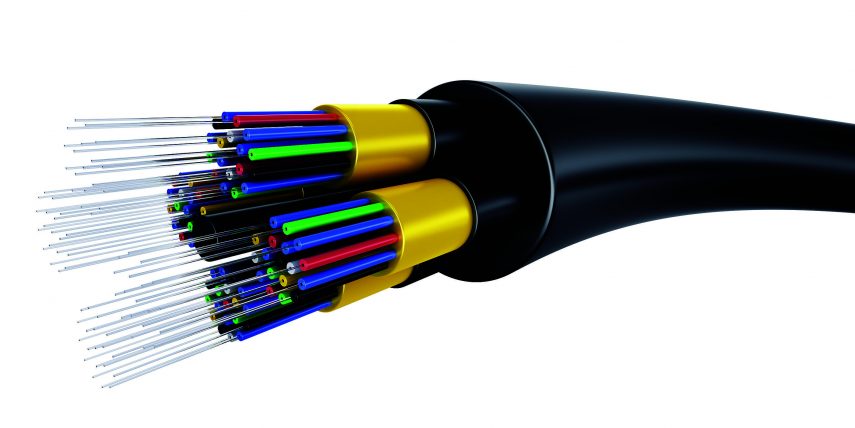Everyone wants high speed fibre connectivity and providers are jostling to get fibre into the ground and to the door of businesses and residential customers. The fastest route to a return on these fibre investments is to allow open access, enabling multiple ISPs and telecoms providers to use it to provide services, however, it has become messy.
That’s according to Greg Wilson, CEO of IT, Carrier Solutions at networking and telephony provider Reflex Solutions. A Jasco company, Reflex Solutions offers an advanced virtual access model.
“With fibre provision riding a growing demand curve in South Africa, the models used to connect end users to services are proving a differentiator,” said Wislon. “The original model, which accommodates all comers and leaves technical aspects (such as plugging into the network) up to each ISP, is proving less than efficient. Our model, which relies on solid infrastructure, automation, aggregation and networking expertise, is changing the definition of ‘open access’.”
Reflex Solutions’ open access interconnect model simplifies infrastructure management by aggregating the fibre networks and ISPs. This virtualises service management for ISPs and fibre operators alike.
“It is not only being adopted by all the leading fibre providers—we count Vumatel, Maboneng Broadband and Evotel as our clients — it’s being applauded by ISPs. It also offers end users considerable cost, service provider choice and service level advantages,” said Wilson.
The old ‘open access’ model
Why is the all-comer access model not working? “When every ISP that offers a service on a specific fibre network has to connect into that network with its own equipment, light the fibre up and install on-premises equipment at the client to deliver the service – things can get really complex,” Wilson said.
“It makes services costly and often unreliable as the cost to deploy all the belts and braces becomes inhibitive, and is a big headache for the fibre owner who has to manage multiple ISP interconnects.”
Using the all-comer model, getting connected becomes a costly investment for ISPs requiring networking and technology expertise, as well as feet on the ground to service the client. That cost is passed on to the customer. The process is time consuming and time to deliver the service can be excessive. In addition, depending on the capabilities of the ISP, service levels can vary.
“For facility owners—e.g., of a residential or business park—and for users, an all-comer open access model often means that in addition to costly and erratic service, service offerings are likely to be limited. ISPs often find the investment needed to connect into the network too high, especially when there are limited end users that can be served and a number of ISPs are already servicing them.
“Our more advanced open access model removes many of these challenges by providing a single ‘doorway’ and high-level infrastructure management services.”
Automation – the next wave
The next wave in the industry is for ISP’s to automate their processes by integrating their systems into the fibre operators’ systems. The workload with all the varied systems out there is immense and something single ISP’s will battle to tackle alone. Through our API platform we provide a single point of integration for all parties. This, said Wilson, will speed up integration and integration will mean faster connecting up of subscribers with less faults.
He said open access is only open access if:
- It gives subscribers a wide choice of service providers on an equal footing.
- It is more cost effective than an ad-hoc service delivered by the service provider directly to the end user.
- Is pre-installed and delivers fast lead times to end users.
- Interconnect point is at a carrier neutral data centre where the majority of service providers already have a presence.
- There must be a published service rate card and services must be available day one (no empty promises).
“In essence, our open access model provides an intermediate layer of infrastructure control that allows ISPs and service providers to simply plug into the network and do what they do best—provide services,” says Wilson. “We provide the technical capability, installing our equipment to light the fibre up and providing backhaul and interconnect services. This not only removes the pain of connecting, it ensures users get the service they pay for – full uncontended throughput.”

